|
I am writing up my reflections from the Project Zero conference I attended last October - Project Zero Perspectives: Learning Together, Leading Together. See my last post on Art and Contemporary Issues here.
From Project Zero: “How might perspective-taking help students understand a work of art more deeply? Using the See-Wonder-Connect Thinking Routine, participants will explore Pablo Picasso’s Family of Saltimbanques and connect this painting with others from the same period. Creative writing prompts will encourage perspective-taking and help participants construct their own imaginative interpretations of these complex works of art. The course will conclude by reflecting on the shared experience and considering applications for practice in the classroom.”
Final Thoughts: I probably would have never given much thought to this painting, so I appreciated having a long time to look at it to really absorb and then question what I was seeing. Having a lot of time to really think about the characters and how they were feeling and what exactly was happening was also very interesting. I don’t think I am very articulate or good at storytelling, but this really brought out a lot of creative ideas. Although I enjoyed it, I definitely would want to relate this activity more to global issues. I would really like to do the same activity, but with photographs. I can see Facing History and Ourselves doing a similar activity to look at stereotypes, as well as a tool for empathy. Using perspective taking is a fantastic tool for building empathy and understanding. Imagine doing the same activity with the following images: 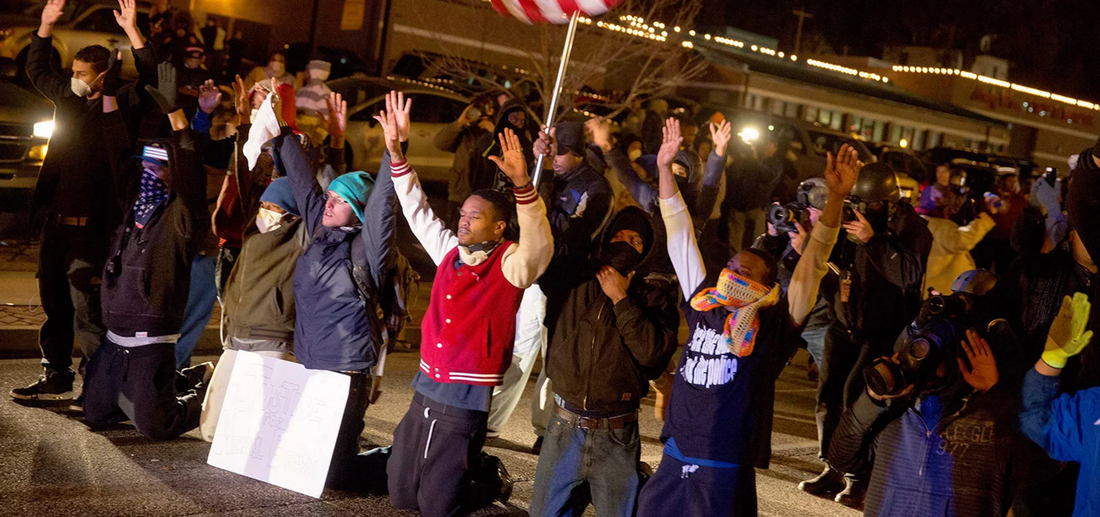 Second Chance Greyhound Prison Training. (I had to sneak this in - this is the charity we adopted my greyhound through - and also prison reform is super important to me...posts coming about that soonish!) Overall this was a good activity for me, as it helped me slow down my thinking and really try to understand the different characters and their relationships from the images. The activity was great, but it definitely would have appealed to me more if it was related to global issues or social justice.
What other images would you do this activity with? Send me your ideas! Links to routine: “Step Inside: Perceive, Know about, Care about” Every time I go on professional development, I write up what I learnt and share it with my colleagues (either an explicit document about the PD or through adding information in my Edtech newsletter). I haven't blogged for a while, so decided to add some of the information from recent(ish) PD here! In October I attended Project Zero Perspectives: Learning Together, Leading Together in Washington DC. The next few entries will include write ups from sessions I attended.
PZ Description: “Artists communicate persuasive messages about issues of global import using a strategically-deployed vocabulary just as writers and public speakers do. Using Thinking Routines to engage with a massive artwork, participants will explore issues facing the world’s citizens today as well as the power of visual communication in shaping public opinion. As a group in the role of students, participants will engage in a discussion that spirals out from the classroom to take an increasingly global-minded perspective while we document our thinking and learning. Retaking the role of the teacher, this same documentation will guide reflection: how can a 40-minute object lesson spiral outward to inform students’ thinking when they have left the classroom? How can we lead by example, using evidence to refine our practice rather than holding tightly to unexamined plans?” Alexis Rockman's "Manifest Destiny" What happened: Chalk Talk for ‘What is propaganda’, ‘what is persuasion’ and ‘what place should art have in issues of global significance’. We didn't spend too long on this activity, but you could definitely turn it into a whole lesson, or weave this discussion through a whole unit! We then moved into the gallery where we spent the rest of the session looking at Alexis Rockman’s Manifest Destiny (at this point we did not know the name of the painting):
I really enjoyed this session and would love to do this with works we more commonly think of as propaganda. This painting and activity could be used as a great gateway into a scientific/humanities research piece. You could also easily find other works of art about other global issues and do the same activity. This was very interesting to me, as I have family members who are artists and others who work for the news (including my dad who is about to retire after 40 years as a news cameraman!), so I would love to see their responses to the initial prompts. Some ideas and resources for taking this further. Adapt the unit using:
Hope I was able to explain the session clearly, as well as giving some ideas for adapting it. In August we take the whole Grade 10 to Washington DC, so I am going to do some pre-trip activities with my advisory students before we go. Please share links to any resources, including artist and artworks, that you think will be useful for a related unit/lesson. Thanks! |
Archives
June 2023
|
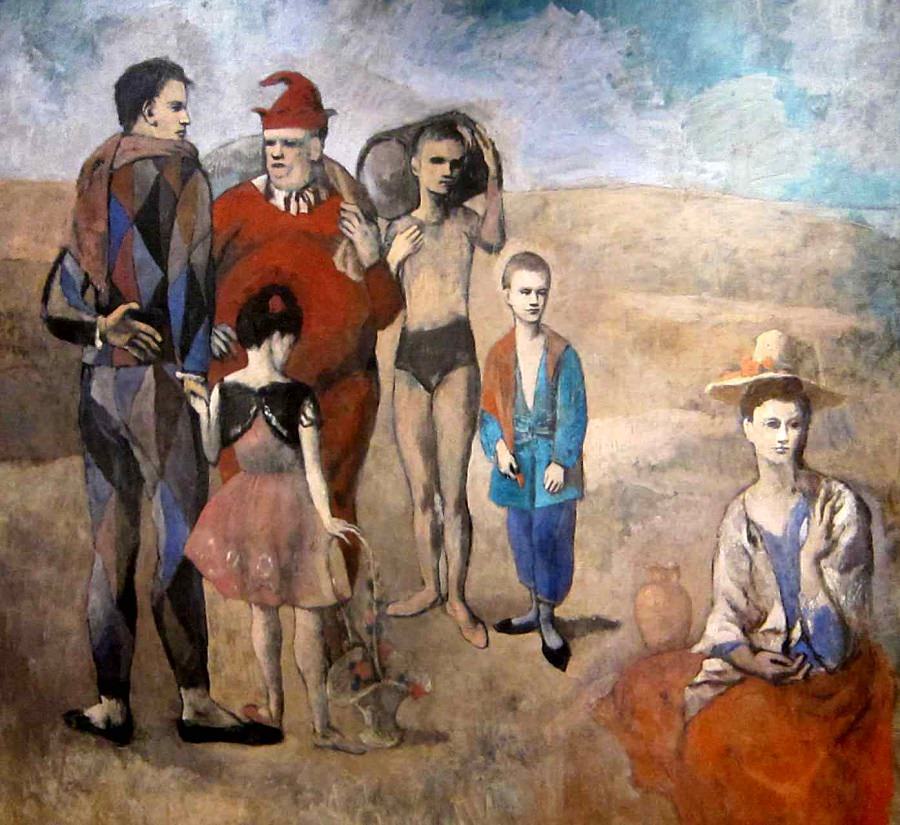

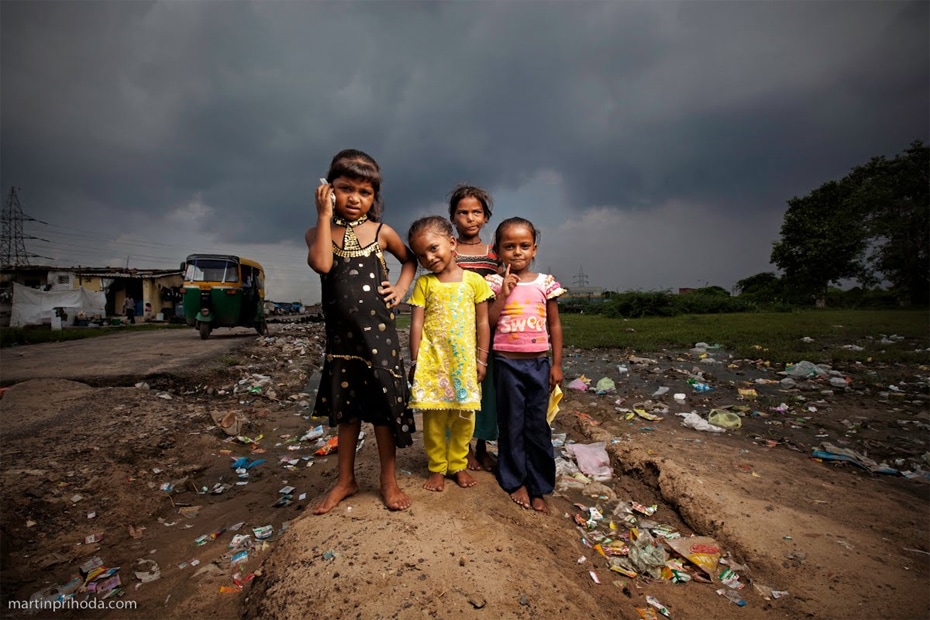
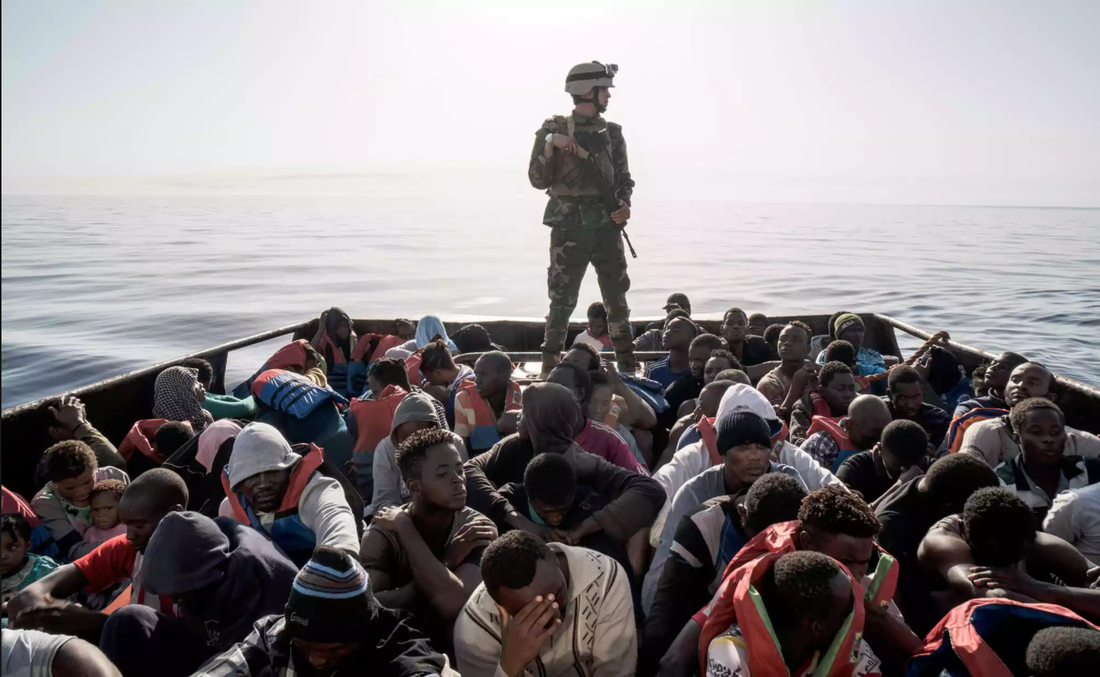
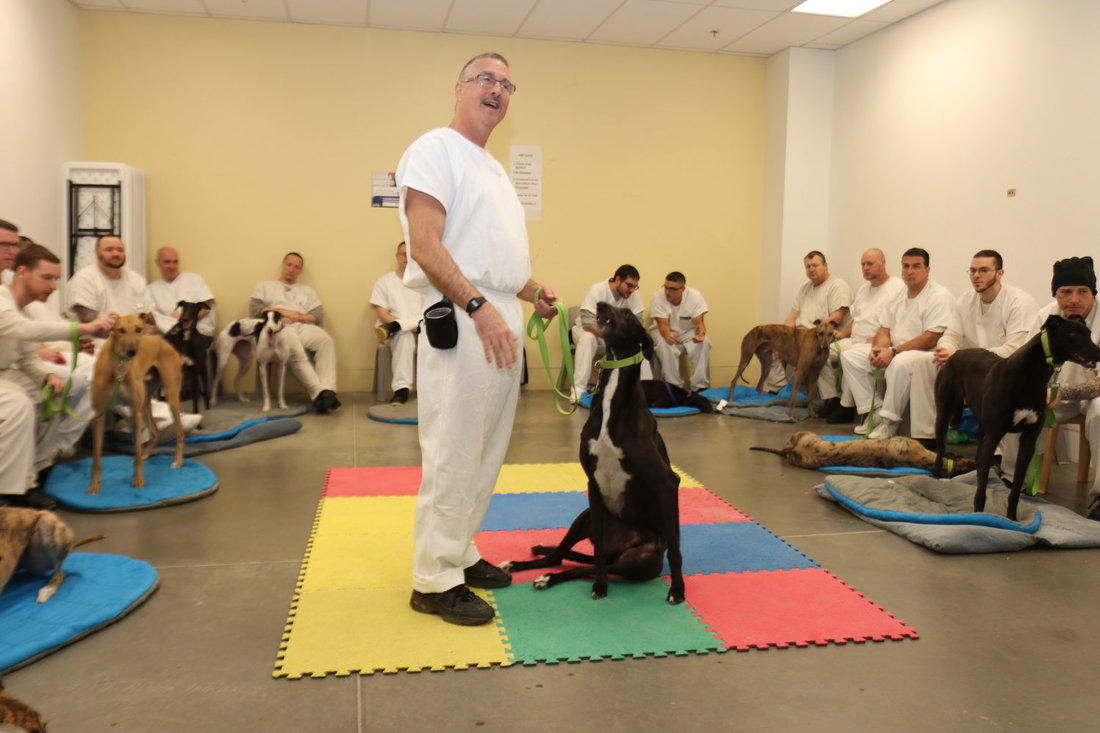

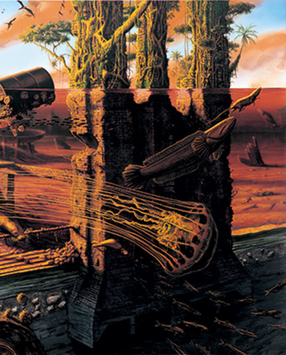
 RSS Feed
RSS Feed